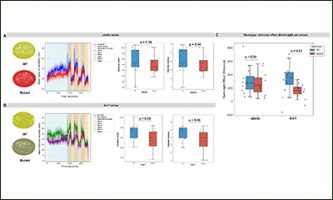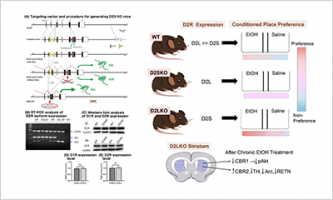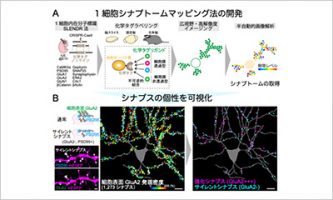Development of a diagnostic and severity marker for Stevens-Johnson syndrome and toxic epidermal necrolysis: Serum RIP3 measurement shown to be a useful testing method
Feb 13 2020
Stevens-Johnson syndrome and toxic epidermal necrolysis are types of severe drug eruptions with high mortality rates. In some cases, these are difficult to accurately diagnose at an early stage after onset. A research group, including graduate student Akito Hasegawa and Professor Riichiro Abe, at the Division of Dermatology, Niigata University Graduate School of Medical and Dental Sciences reported that the levels of receptor-interacting kinase-3 (RIP3)* in blood were considerably high in patients with severe drug eruptions, and RIP3 measurement would be a useful testing method for early diagnosis.
*RIP3: RIP3 is primarily present in the cytoplasm. It is a component of the tumor necrosis factor receptor signaling complex and is associated with cell survival and death, as well as with the induction of inflammation.
Publication Details
Title: RIP3 as a diagnostic and severity marker for Stevens-Johnson syndrome and toxic epidermal necrolysis
Journal: Journal of Allergy and Clinical Immunology: In Practice
Authors: Akito Hasegawa, Satoru Shinkuma, Ryota Hayashi, Natsumi Hama, Hideaki Watanabe, Manao Kinoshita, Youichi Ogawa, Riichiro Abe*
*: corresponding author
More News
-
 Dec 08 2025 Research results
Dec 08 2025 Research resultsBehavioral and molecular insights into anxiety in ube3a and fmr1 zebrafish models of autism spectrum disorders
-
 Nov 18 2025 Research results
Nov 18 2025 Research resultsDopamine D2S/D2L Receptor Regulation of Alcohol-Induced Reward and Signaling
-
 Nov 17 2025 Research results
Nov 17 2025 Research resultsSingle-cell synaptome mapping of endogenous protein subpopulations in mammalian brain
